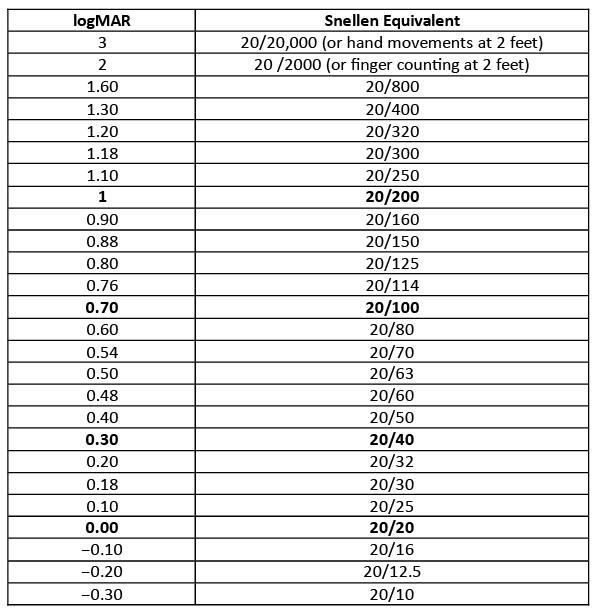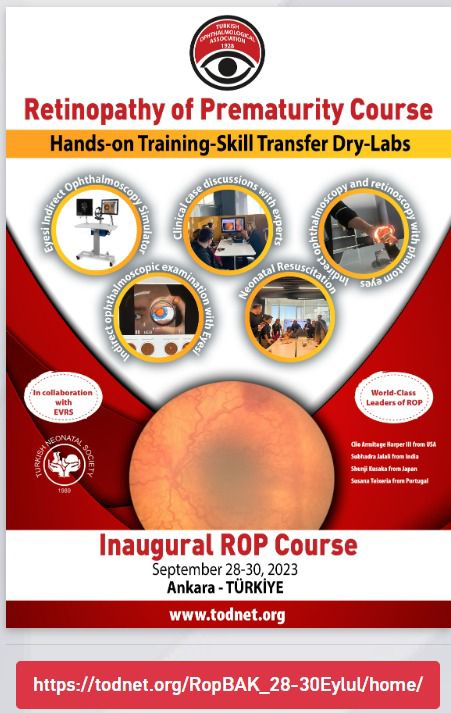EVRS Multicentric Study Giant-Retinal Tears 2025
Anatomical and Functional Outcomes of Surgical Management in Patients with Giant Retinal Tear Retinal Detachments
- In Pediatric Age Group
- In Adult Group
Excel sheet is prepared as one, and you can use the same table for both pediatric and adults noting the age of the patient. The data of the first case is filled in the sheet.
Giant retinal tears (GRTs) are full-thickness circumferential tears of more than 90 degrees of the retina. They are related with ocular trauma, high myopia, periheral retinal degenerations, aphakia, pseudophakia, congenital glaucoma, genetic mutations involving collagen, prematurity, and young age.
GRTs causing rhegmatogenous retinal detachments (GTRD) comprise about 1.5% of all RRDs, and the mean age of incidence is around 40 years, being more common in males.
Surgical techniques used in the management of GTRDs include primary vitrectomy with gas or silicone oil tamponade, with or without combined scleral buckle, rarely scleral buckle or pneumatic retinopexy.
The management of GTRD is still not clearly defined, and preferences of surgical techniques, and tamponades can differ between surgeons. Besides single surgery success rate can be lower compared to RRDs, with higher PVR risk, and lower functional success.
On the other hand, GTRDs in pediatric age group have differences in etiology, surgical technique, and outcomes, which needs to be clarified.
Study Design
Multicentric, retrospective, interventional study
Primary Outcome
To evaluate the etiology, demographic features, risk factors, clinical presentation of GTRDs.
To determine functional and anatomical outcomes of surgical management of GTRDs as well as complications in pediatric and adult age groups of patients in 2 different cohorts.
Secondary Outcomes
To evaluate success rates of different surgical techniques in pediatric and adult age groups of patients in 2 different cohorts.
To evaluate factors affecting the final anatomical and functional success.
To evaluate the fellow eyes for possible retinal events and prophylaxis.
To evaluate the underlying/associated ocular and systemic pathologies.
Comparison of subgroup success rates according to associated factors (Stickler, Marfan, prematurity, trauma, high myopia, etc).
Inclusion Criteria
All of the patients with GTRDs who had at least 6 months of follow-up.
In pediatric age group, patients <18 years old are included.
In adult age group patients >18 years old are included.
Exclusion Criteria
Patients with other ocular diseases such as uveitis, diabetic retinopathy, other vascular diseases, AMD will be excluded from the study.
Visual acuities are required in LogMar values. Below is the table that you can use to convert to LogMAR.
DEADLINE FOR DATA SUBMISSION IS MAY 31, 2025
Table 1. Conversion of LogMAR to Snellen Equivalents.[22]
 From: Evaluation of Visual Acuity; Copyright © 2025, StatPearls Publishing LLC.
From: Evaluation of Visual Acuity; Copyright © 2025, StatPearls Publishing LLC.
How old can the cases be to be included?
Cases from the last 15 years can be included in the study. If there is more than one case, they must be consecutive, with no case left out.
Is there a minimum number of patients?
No limit on the number of patients.
Is it possible to have multiple contributors from one hospital listed?
No group, only individual surgeons.
Will all contributors from a team be listed as part of the study group, or is there a limit to the number of contributors from a single center?
Only the surgeon/s 'names who did the operation should be filled in the excel sheet. Because there can be too many names all to be included as contributers list and may not be written.
Is co-authorship possible?
EVRS has a writing committee and they will be the first authors who prepare / analyse / write the paper. There will be an attached list of the study group with every contributer's name attached. All of the contributers' name could be found in the search in Pubmed (The name of contributer's list will be in order starting with the highest numbers of cases sent.)

